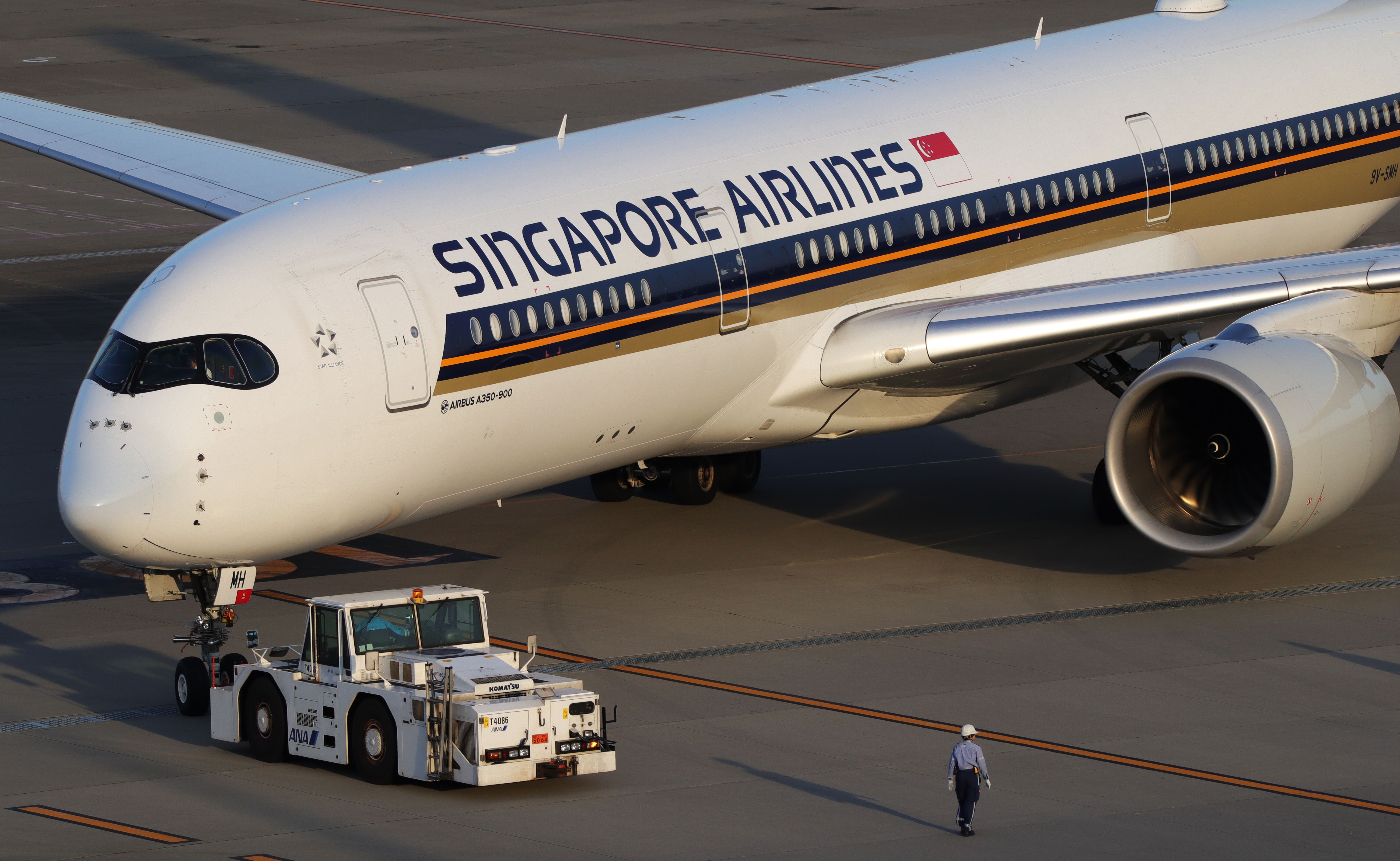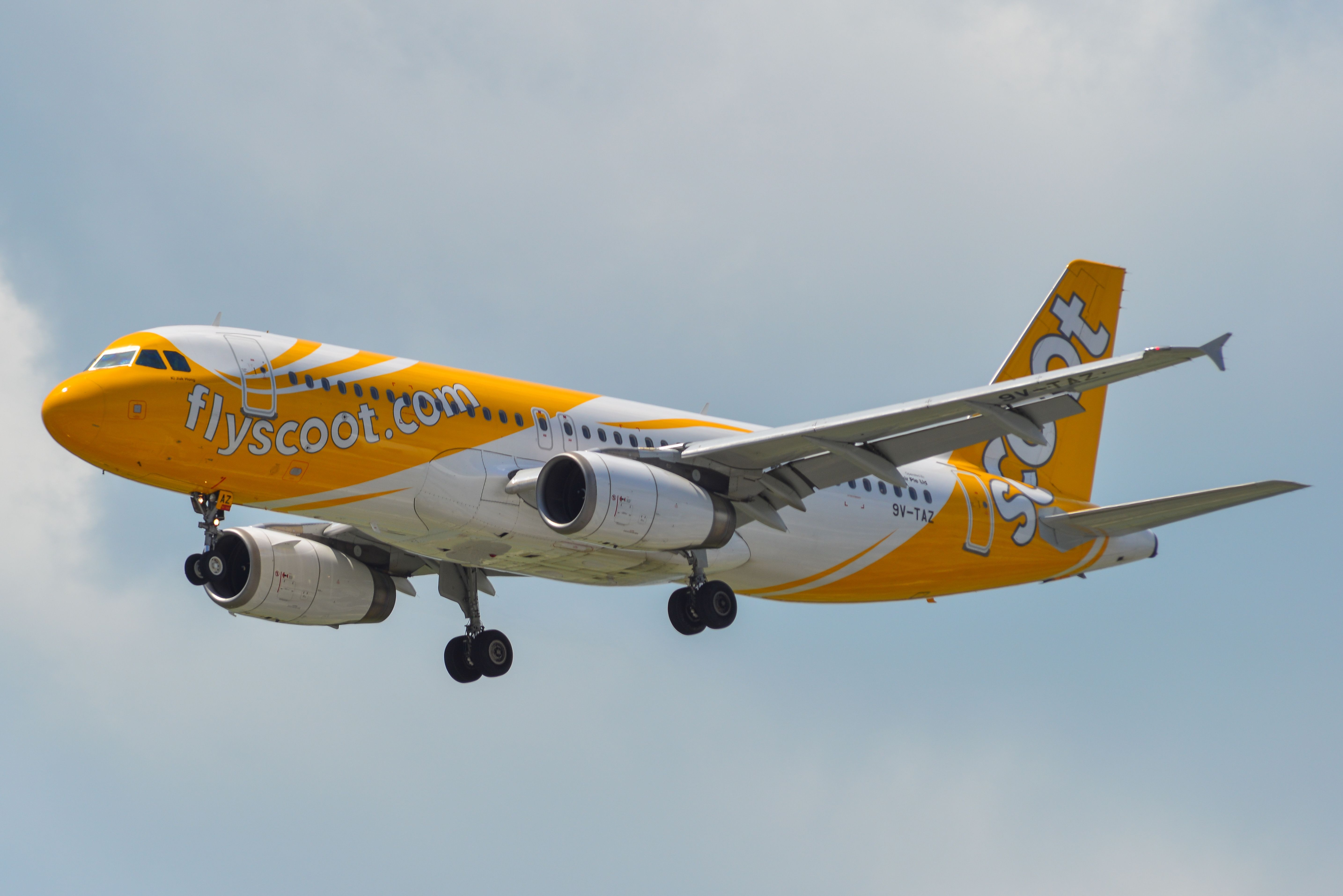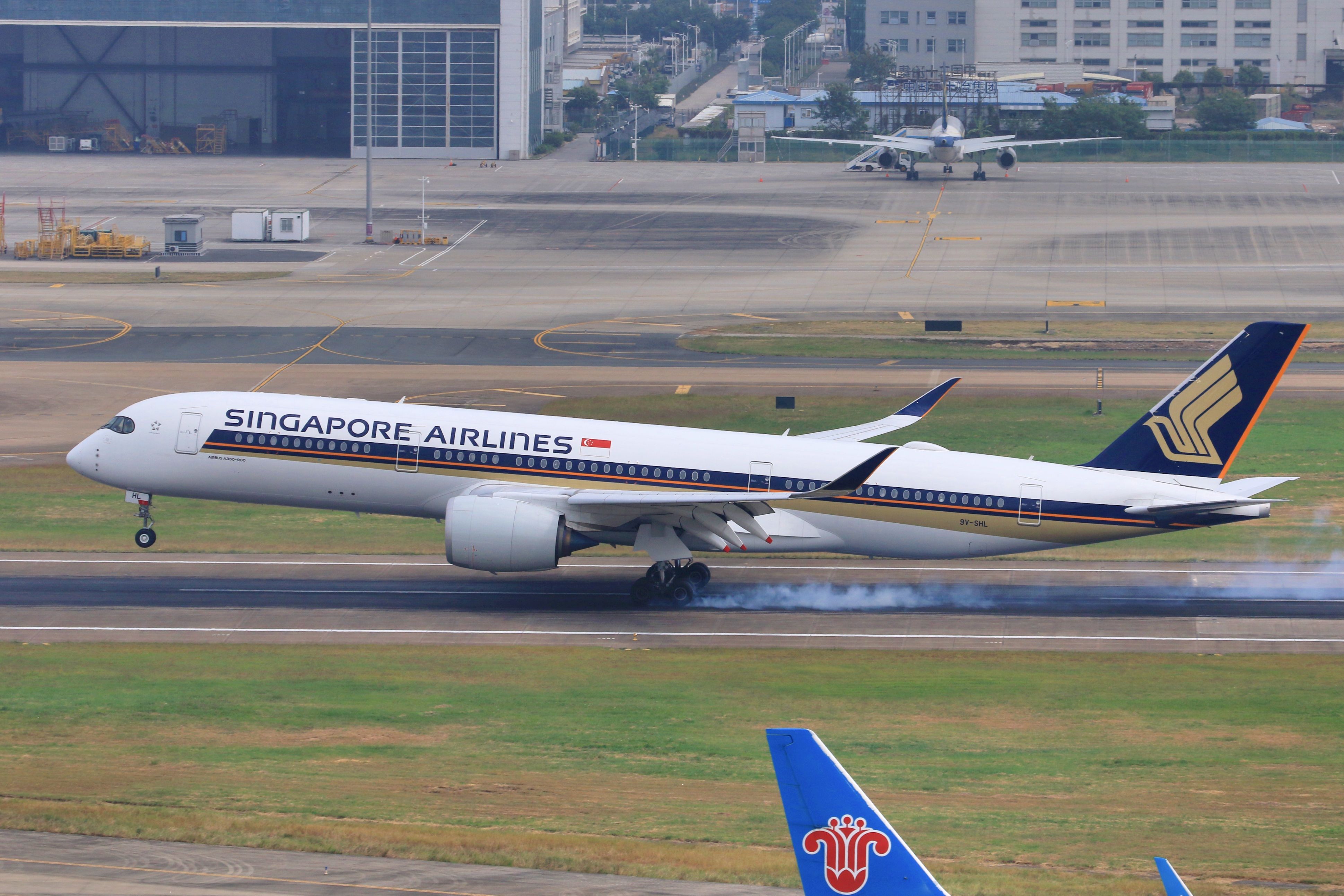The Singapore Airlines (SIA) Group reported the highest-ever quarterly operating profit and record nine-month operating and net profits due to strong demand across its network. Passenger load factors also reached a record high. Additionally, there was strong momentum in forward passenger sales for the fourth quarter. Unfortunately, weaker global demand and increased capacity weighed on the air freight segment.
For the third quarter of FY2022/23, the SIA Group’s total revenue increased by 8.0% to SG$4,846 million ($3.62 billion) compared to SG$4,488 million ($3.35 billion) in the second quarter of FY2022/23. And the total expenditure decreased by 7.4% to SG$4,091 million ($3.05 billion) from SG$3,810 million ($2.84 billion) in the preceding quarter.
Operating profit for the third quarter increased by 11.4% to SG$755 million ($563 million) from SG$678 million ($506 million), and the net profit increased by 12.7% to SG$628 million ($509 million) from SG$557 million ($563 million) in the second quarter of the year.
Photo: Kittikun Yoksap | Shutterstock.
Over the nine months of FY2022/23, total revenue increased by 157.9% to SG$13,263 million ($10 billion) from SG$5,143 million ($3.8 billion) in the corresponding FY2021/22, while the total expenditure also increased by 98.3% to SG$11,274 million ($8.4 billion) from SG$5,686 million ($4.2 billion). The operating profit increased to SG$1,989 million ($1.5 billion) from a loss of SG$543 million ($405 million) in the first nine months of FY2021/22. The net profit increased to SG$1,555 million ($1.2 billion) from a loss of SG$752 million ($561 million) in the corresponding period of the previous financial year.
Fleet development
In the third quarter, two Boeing 737 MAX 8 narrowbody aircraft were added to SIA’s operating fleet after they underwent post-delivery cabin retrofit.
As of December 31st, 2022, SIA’s fleet consisted of 133 passenger aircraft and seven freighters; Scoot, meanwhile, had 55 passenger aircraft. This young and fuel-efficient fleet, with an average age of six years and six months, allows for the offering of world-class products and services that reduce carbon emissions.
An Airbus A350-900 and a Boeing 787-10 are set to be delivered in the next financial year. Additionally, Scoot plans to add nine Embraer E190-E2 aircraft to its fleet, increasing network connectivity to non-metro destinations. The first one is anticipated to arrive in 2024, with the rest progressively introduced by the end of 2025.
Photo: Phuong D. Nguyen | Shutterstock
Network development
For the fourth quarter of FY2022/23, the SIA Group is projected to reach an average of 77% of pre-Covid-19 levels in terms of capacity. This is due to the strong travel demand during the year-end holiday season and the relaxation of travel restrictions to selected key markets.
With this, both SIA and Scoot have stepped up services to 111 destinations in 36 countries and territories, including the resumption of services to China and Indonesia and increased frequencies to Hong Kong, Seoul, Taipei, and certain points in Japan. Additionally, Balikpapan in Indonesia has been added to the network.
During the Northern Summer operating season (March 26th to October 28th, 2023), Scoot will expand its services to China with flights to Haikou, Nanning, Ningbo, Shenyang, and Xi’an, and step up frequencies to Athens, Langkawi, Manado, Perth, Taipei-Tokyo (Narita), and Taipei-Hokkaido. SIA will also offer supplementary flights to Barcelona, Frankfurt, and Rome during the 2023 summer peak, and services to Busan will resume in August 2023.
Photo: Shenzhen Airport
Optimism for the future
In the fourth quarter, the demand for air travel is expected to remain robust due to a recovery in East Asia as travel restrictions ease in China, Hong Kong, Japan, and Taiwan. Both leisure and business travel, as well as all cabin classes, are seeing solid forward sales.
SIA anticipates demand for air freight to face headwinds in the fourth quarter due to macroeconomic concerns, a decrease in new orders, and a rise in the belly hold cargo capacity, which will create pressure on cargo yields.
The airline industry is also facing geopolitical challenges, economic slowdowns, high-cost inflation, and high fuel prices. There is likely to be increased competition as airlines inject more capacity on international routes.






